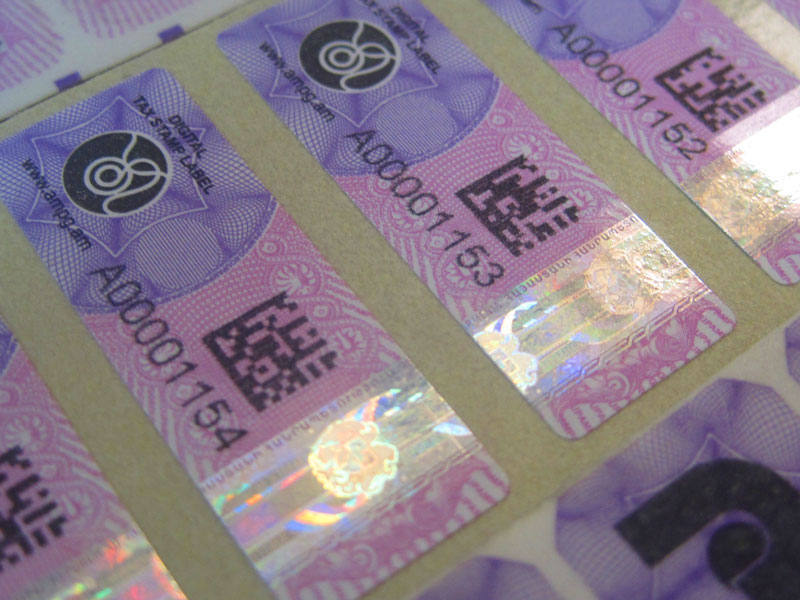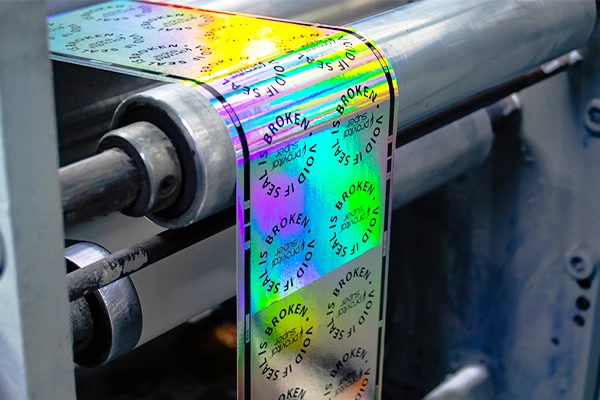The fashion industry is a vibrant and dynamic sector, constantly evolving with new trends and innovations. However, it also faces significant challenges, one of which is the prevalence of counterfeit goods. The issue of counterfeiting is not only a legal and economic concern but also affects brand reputation and consumer trust. Through various counterfeit case studies in fashion, we can gain valuable insights into the strategies brands employ to combat this issue and the impact on the industry.

Understanding the Impact of Counterfeits in Fashion
The fashion world is no stranger to counterfeiting. From high-end luxury brands to popular streetwear labels, many have fallen victim to fake products. Counterfeiting affects not just the bottom line but also the brand’s image and consumer perception. According to the ScienceDirect, the global trade in counterfeit goods is a billion-dollar industry, impacting economies worldwide.
Case Study: The Battle of Luxury Brands
Luxury brands like Louis Vuitton, Gucci, and Chanel have long been targets for counterfeiters. The allure of owning a piece of luxury at a fraction of the cost is tempting for many consumers. However, these brands have implemented robust anti-counterfeiting measures, including advanced technology and legal action, to protect their intellectual property.
Louis Vuitton’s Approach
Louis Vuitton has been at the forefront of the fight against counterfeiting. The brand uses a combination of legal action, partnerships with law enforcement, and innovative technologies such as RFID tags and holograms to authenticate their products. Their relentless pursuit of counterfeiters serves as a model for other brands facing similar challenges.
Gucci’s Innovative Strategies
Gucci has taken a proactive approach by using blockchain technology to track the authenticity of its products. This technology allows consumers to verify the origin and history of their purchases, ensuring they own a genuine Gucci item. This transparency not only combats counterfeiting but also strengthens consumer trust in the brand.
Counterfeit Case Studies in Streetwear
The streetwear industry is another area heavily impacted by counterfeit products. Brands like Supreme and Off-White have gained immense popularity, making them prime targets for counterfeiters.
Supreme’s Legal Battles
Supreme has faced numerous legal battles against counterfeiters, particularly in countries with less stringent intellectual property laws. The brand’s strategy includes aggressive legal action and collaborating with customs authorities to prevent the import and sale of fake goods.
Off-White’s Consumer Education
Off-White has taken a different approach by focusing on consumer education. The brand provides detailed information on how to spot fake products and encourages customers to purchase from authorized retailers. This strategy empowers consumers to make informed decisions and reduces the demand for counterfeit goods.
The Role of Technology in Anti-Counterfeiting
Technology plays a crucial role in the fight against counterfeiting. From advanced printing techniques to digital authentication methods, brands are leveraging technology to stay ahead of counterfeiters. For more information on how technology is being used in anti-counterfeiting efforts, check out the article on AI in Anti-Counterfeit Printing.
Blockchain Technology
As mentioned earlier, blockchain technology is being used by brands like Gucci to ensure product authenticity. This decentralized ledger system provides a secure and transparent way to track the journey of a product from manufacturer to consumer.
RFID and NFC Tags
Radio-frequency identification (RFID) and near-field communication (NFC) tags are becoming increasingly popular in the fashion industry. These tags allow consumers and retailers to verify the authenticity of products quickly and easily.
Legal Frameworks and Their Importance
Legal frameworks are essential in the fight against counterfeiting. Strong intellectual property laws and international cooperation can significantly reduce the prevalence of counterfeit goods. Brands often rely on legal action to protect their products and maintain their reputation.
International Cooperation
International cooperation is vital in combating global counterfeiting networks. Organizations like the World Intellectual Property Organization (WIPO) work to harmonize laws and promote collaboration between countries to tackle this issue.
Brand-Specific Legal Strategies
Each brand may adopt different legal strategies based on their specific needs and the markets they operate in. Some may focus on taking legal action against counterfeiters, while others may prioritize partnerships with law enforcement agencies.
Counterfeit Goods and Consumer Perception
Counterfeit goods can significantly impact consumer perception of a brand. When consumers purchase fake products, they may associate the brand with poor quality. Brands must work to educate consumers about the risks of counterfeit goods and the benefits of purchasing genuine products.
Building Consumer Trust
Building and maintaining consumer trust is crucial for brands facing counterfeiting challenges. Providing clear information about product authenticity and offering excellent customer service can help brands strengthen their relationship with consumers.
Educating the Public
Public education campaigns can be an effective way to raise awareness about the dangers of counterfeit goods. Brands can collaborate with government agencies and non-profit organizations to spread the message and encourage consumers to make informed purchasing decisions.
The Future of Anti-Counterfeiting in Fashion
The fight against counterfeiting in fashion is ongoing, and brands must continue to innovate and adapt to stay ahead of counterfeiters. Emerging technologies and international cooperation will play a crucial role in shaping the future of the industry.
Innovative Solutions
As technology advances, brands will have access to new tools and methods to combat counterfeiting. From artificial intelligence to advanced materials, the possibilities are endless. For more information on the cost of implementing anti-counterfeit solutions, visit the cost of implementing anti-counterfeit printing page.
Global Collaboration
Global collaboration will be essential in the fight against counterfeiting. Brands, governments, and organizations must work together to develop and implement effective strategies to protect intellectual property and promote fair trade.
Conclusion
Counterfeiting in the fashion industry is a complex and multifaceted issue. Through counterfeit case studies in fashion, we can learn valuable lessons about the importance of technology, legal frameworks, and consumer education in combating this problem. By staying informed and proactive, brands can protect their intellectual property and maintain consumer trust.

FAQs
What are some common anti-counterfeiting technologies used in fashion?
Common anti-counterfeiting technologies include RFID tags, NFC tags, blockchain technology, and holograms.
How can consumers identify counterfeit fashion products?
Consumers can identify counterfeit products by checking for authenticity labels, purchasing from authorized retailers, and verifying product details with the brand.
What is the role of legal action in combating counterfeiting?
Legal action is crucial in deterring counterfeiters and protecting intellectual property. Brands often pursue legal action to prevent the production and sale of fake goods.
This article contains affiliate links. We may earn a commission at no extra cost to you.







